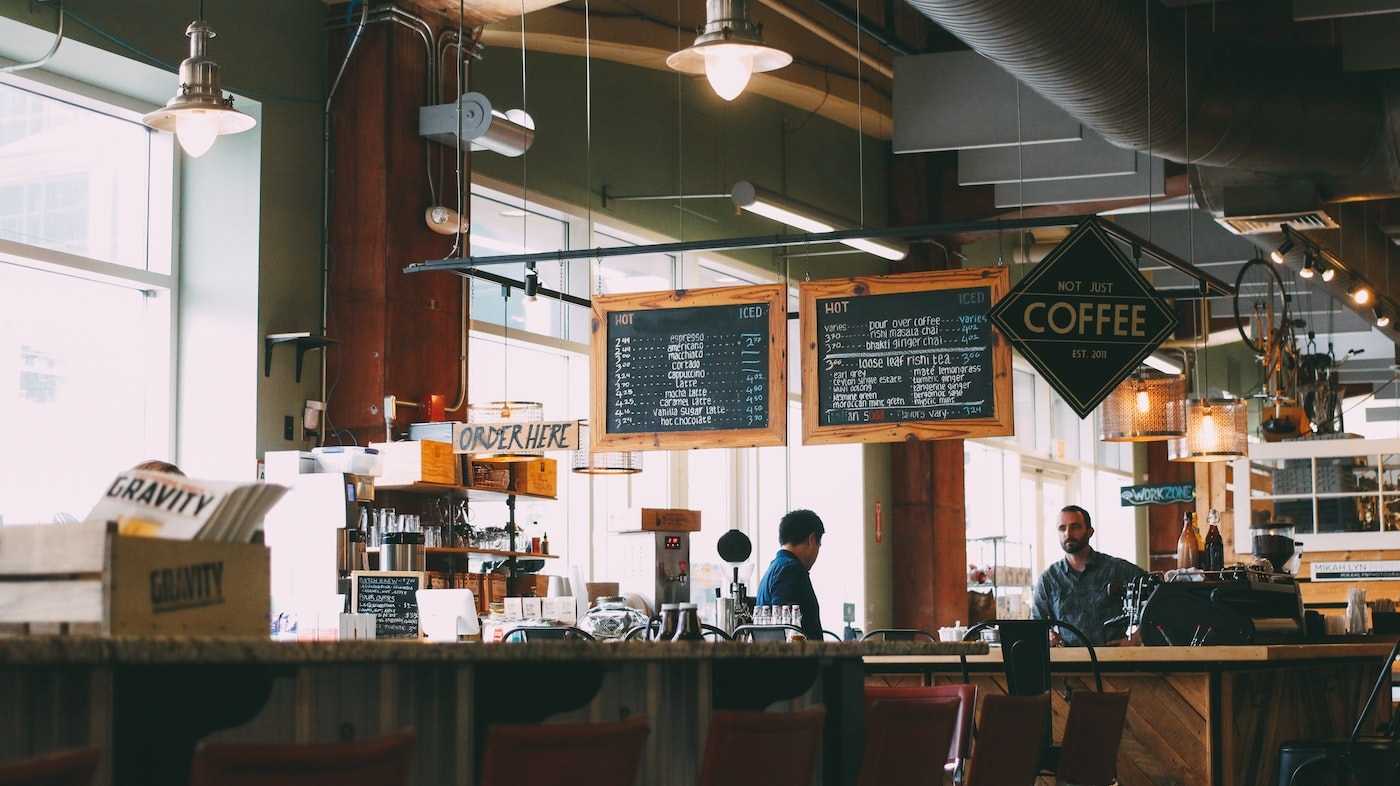Phone, email or online shop: There are many different ways to order products for your restaurant business. But this variety has its challenges.
This is also something that customers told us frequently. For example, Peter Pane, a German foodservice company, reported that its employees were using multiple online shops as well as email to place orders. Not only did this take a lot of time, but it also resulted in less overview.
Now they use one platform for all orders in their restaurants, making the ordering process easier and more convenient. In this article, we'll show you 4 tips that you too can use to optimize your restaurant purchasing and thus stay in control of your procurement.
- Create an overview by using a digital system for food procurement
- Standardize your processes to simplify your work
- Stay up-to-date with your stock levels
- Improve the acceptance of goods
1. Create an overview by using a digital system for food procurement
As mentioned at the beginning of this article, there are various ways in which you can order your goods for your restaurant. With your wholesaler and beverage supplier, for example, you would be using the online shop, while you would be ordering fruit and vegetables from your regional supplier by phone. In addition, you need to order non-food items. You could do this, for example, by using order records that you print out, fill in, scan and send back to the supplier.
With so many different channels, it's not always easy to keep track of everything. A better solution would be to use a single system to manage the entire restaurant purchasing.
Digital ordering platforms are proving particularly useful in this regard. With those, all suppliers can be connected via APIs, from regional fruit and vegetable to beverage suppliers. This allows you to see all orders in one place and gain an overview of your procurement.
2. Standardize your processes to simplify your work
No matter whether you have a small restaurant business or a company with several locations: Successful purchasing depends on consistent and standardized processes. That's why it's important that you take the time to establish standard procedures and guidelines for your ordering process.
Start by taking a look at the days you order products from your suppliers. It helps to define fixed days for this and to give precise instructions. For example, orders from the fruit and vegetable supplier are placed every Tuesday and Friday. Orders from the beverage supplier and the wholesaler are placed once a week on Friday. The ordered products are delivered every Monday and Thursday.
You can also standardize procurement processes using digital software solutions. Often these platforms offer various options with which you can set different settings, such as assortment restrictions or authorizations for users. In this way, you determine which employees can place orders and what products can be ordered. This helps to avoid incorrect orders and reduces potential errors.

3. Stay up-to-date with your stock levels
To ensure that you only order what you need, you should always be aware of the real-time stock level of your company. This not only helps you avoid ordering too much and food waste, but also prevents empty shelves in your warehouse.
This can easily be done with the help of a digital ERP system, which is ideally connected to your ordering platform. The advantage: all information is always transparent and available.
You get the most out of it by connecting your POS system to the software as well. This gives you a transparent overview from purchasing to sales. When an order is placed in the restaurant, the individual products are automatically booked in the system and thus updated in the warehouse. This not only ensures a simplification in restaurant purchasing, but also provides support in warehouse management.
4. Improve the acceptance of goods
All of the tips mentioned so far will only pay off if you also make sure to carefully inspect and check the newly delivered goods. Through a thorough acceptance of goods, you not only improve the overall procurement process, but also have control over which goods arrive with respect to quality and quantity.
Here are some things you should consider to improve the acceptance of goods for your restaurant:

|
Check the delivery note with the order form. Do specifications such as quantity, weight and price match? Were the goods delivered that you ordered? Be very precise and take your time to check all the information. |
 |
Check the quality and freshness of the goods. Are the packages clean, dry and undamaged? Do the products smell and look like they typically do? |
 |
Pay attention to the best-before or use-by date. While the best-before date tells you how long the food remains fresh, the use-by date tells you the date by which the product must be consumed at the latest. The latter is printed on perishable products such as fish or meat. If this date is exceeded, the product must be disposed of. |
 |
Measure the temperature of the food. To check whether the cold chain has been interrupted, you must determine the temperature of the products requiring refrigeration. To do this, check the reports on temperature monitoring or perform an additional check with special thermometers. |
 |
Record any kind of issues. If you detect any issues, you must document them accurately and report them to the supplier immediately. |
A better overview in restaurant purchasing with these 4 tips
Food procurement is an important part of a restaurant business. Your ordering process depends to a large extent on the choice of system you use to manage purchasing. A solution that is digital and provides APIs creates the perfect framework. This ensures that you only order the goods you need and maintain an overview and control of restaurant purchasing.